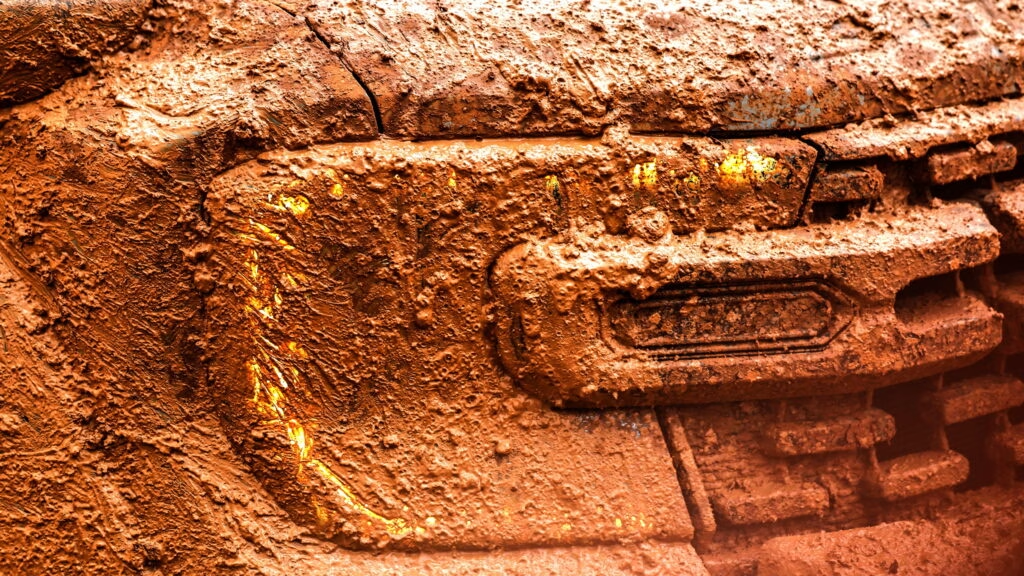How does the Ford Ranger Super Duty handle extreme mud and heavy loads?
Picture this: a truck so caked in dried mud it’s basically wearing a second skin. That’s exactly what Ford Australia’s engineers did to the Ranger Super Duty on their proving grounds in Victoria. They weren’t just out for a messy joyride—this was a calculated test to see how the truck would perform under the kind of brutal, real-world conditions you’d find on mining sites or remote trails. After several days of plowing through deep ruts and sticky clay, the Ranger was hauling an extra 600 kg (that’s 1,323 pounds) of dried mud—about the weight of a grand piano. And then, just for good measure, they loaded it up with over a ton of cargo and sent it out again.
What’s the point of mud-loading tests, anyway?
Mud isn’t just an inconvenience—it’s a genuine engineering headache. According to Rob Hugo, Ford Australia’s product excellence and human factors supervisor, mud can be a truck’s worst enemy. It adds serious weight, blocks airflow, and acts like an insulator, causing vital components to heat up faster than you’d expect. Mud is also highly corrosive and can clog up fans and alternators, which means a truck that isn’t built for this kind of abuse could quickly find itself sidelined. The test wasn’t just about seeing if the Ranger could move with all that extra weight; it was about making sure it could keep running, cooling, and hauling, even when caked in the worst nature can throw at it.
How does the Ranger Super Duty compare to other trucks in tough conditions?
While most truck owners will never intentionally bury their vehicle in half a ton of mud, the reality is that in industries like mining, forestry, or remote construction, this kind of abuse isn’t rare. Ford’s approach is to over-engineer for the worst-case scenario, not just the daily commute. The Ranger Super Duty is built on a reinforced chassis, sports front and rear differential locks, and rides on 33-inch all-terrain tires. Under the hood, a 3.0-liter V6 turbodiesel gives it the muscle to tow up to 4,500 kg (9,921 pounds)—that’s more than enough for a loaded trailer or a couple of horses. It’s not just about looking tough; it’s about being tough, day in and day out.
What does this mean for real-world owners?
Most folks won’t ever need their truck to survive a mud bath like this, but there’s comfort in knowing it can. For people working in remote or demanding environments, reliability isn’t a luxury—it’s a necessity. A truck that can keep going when caked in mud, hauling a load, and still cooling itself properly is a truck you can trust. Ford’s decision not to make a viral video out of this test speaks volumes: this isn’t a marketing stunt, but a genuine attempt to build a better, more resilient workhorse.
Are there any downsides or limitations?
The Ranger Super Duty is set to launch in Australia in 2026, and for now, there are no plans to bring this heavy-duty variant to North America. That might disappoint some fans, especially those who regularly push their trucks to the limit. Also, while the mud test is impressive, it’s worth remembering that extreme conditions can still wear down any vehicle over time. Regular maintenance and cleaning are still key—no truck is invincible.
What sets the Ranger Super Duty apart from the competition?
It’s the relentless focus on real-world durability. Earlier in its development, the Ranger Super Duty endured robotic torture on a test track with 300 uniquely shaped bumps, simulating years of harsh driving in just days. This kind of testing isn’t just for show; it’s about finding weaknesses before customers do. The truck’s reinforced frame, advanced locking differentials, and high-capacity diesel engine all point to a vehicle designed for professionals who can’t afford downtime.
The big takeaway? Building a truck like the Ranger Super Duty isn’t about perfection—it’s about smarter adjustments and relentless testing. Start with one change—like keeping your truck clean after a muddy adventure or investing in regular maintenance—and you’ll likely spot the difference by month’s end. In the end, it’s the little things that keep your rig running strong, no matter how deep the mud gets.

